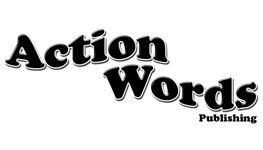How does adding an action to a word help a child to read?
We each have preferred pathways to learning.
Look
Approximately 29% of children are primarily visual learners.
They learn through looking at word shapes, sizes, colours, drawings, pictures, puzzles, graphics, crosswords, word searches, reading, TV, etc.
Say/hear
Approximately 37% of children are primarily auditory learners.
They learn through listening to the spoken word, songs, raps, rhymes, phonics, explanations, questioning, and discussions.
The visual and auditory pathways are the two pathways that are commonly accessed while learning to read.
Action Words adds in a third.
Do
Approximately 34% of children are kinaesthetic learners.
They learn through body movements such as action games, finger rhymes, role play, drama, puppets, re-arranging, cutting and pasting, lacing, card games, board games, and learning activities involving clapping, tapping, hopping, jumping, nodding, etc.
By adding in an action we activate the kinaesthetic memory pathway. This is a particularly powerful memory pathway e.g. we never forget how to ride a bike, how to swim, or how to knit. Unless we have had brain trauma.
So, by using all three pathways we increase the reader's ability to store and recall the word. I have seen children puzzle over a word but as soon as I said 'Do the action' the word comes.
Children automatically stop doing the action as the word becomes embedded in their lexicon.
